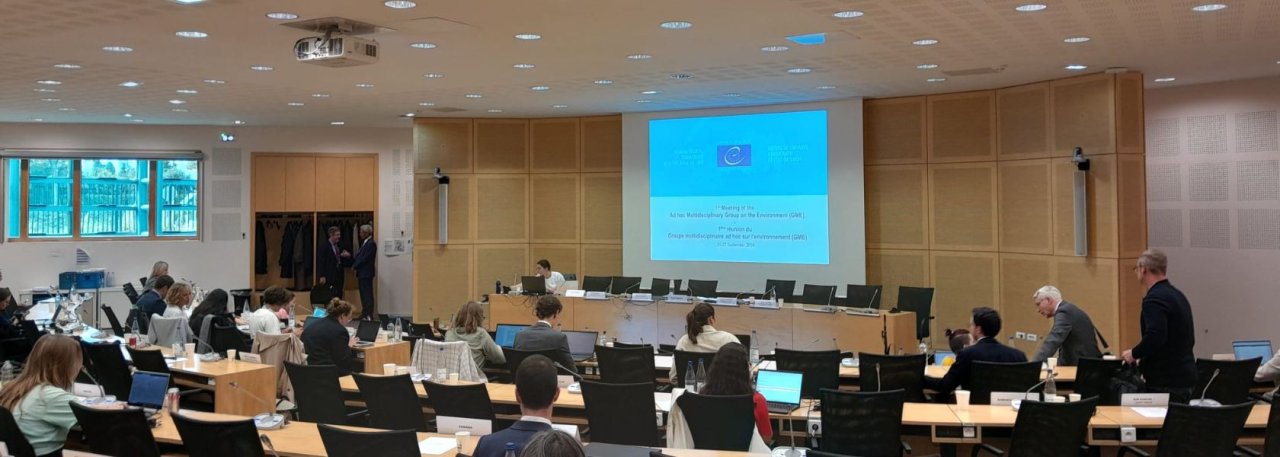Safeguarding Tomorrow: The Critical Intersection of Health, Safety, and Global Security

Safeguarding Our Future: A Comprehensive Approach to Health, Safety, Environment, and Security
In today's complex and interconnected world, organizations must adopt a holistic approach to protecting their most valuable assets - people, resources, and reputation. Health, Safety, Environment, and Security (HSES) represents a critical framework that goes beyond mere compliance, embodying a proactive commitment to comprehensive well-being.
The Pillars of HSES
Health: Prioritizing Human Well-being
At the core of HSES is human health. This encompasses physical and mental wellness, preventive care, workplace ergonomics, and comprehensive medical support. By investing in employee health, organizations create a resilient, productive workforce and demonstrate genuine care for their team members.
Safety: Preventing Risks and Protecting Lives
Safety is about creating environments where accidents are minimized and potential hazards are systematically identified and mitigated. This involves rigorous training, implementing robust safety protocols, providing protective equipment, and fostering a culture where every individual feels responsible for maintaining a safe workplace.
Environment: Sustainable Stewardship
Environmental responsibility has become more crucial than ever. HSES strategies focus on reducing ecological footprints, managing waste effectively, minimizing carbon emissions, and promoting sustainable practices that protect our planet for future generations.
Security: Comprehensive Protection
Modern security extends far beyond physical protection. It encompasses cybersecurity, data protection, risk management, and strategic planning to safeguard against both physical and digital threats. A robust security framework ensures organizational resilience and builds stakeholder confidence.
Integrated Approach: The Key to Success
The true power of HSES lies in its integrated approach. By treating these elements as interconnected rather than isolated concerns, organizations can create comprehensive strategies that protect people, resources, and reputation simultaneously.
Conclusion
Implementing an effective HSES program is not just a regulatory requirement - it's a strategic imperative. It reflects an organization's commitment to excellence, sustainability, and human dignity. As challenges evolve, so must our approaches to health, safety, environmental protection, and security.








